Grog bans don’t work but the laissez-faire is killing us
If I hadn’t started drinking alcohol at 14, I probably would have suicided at 17. This is because I felt like a garbage tip as a child. There are only three options to deal with alcohol in Indigenous communities.
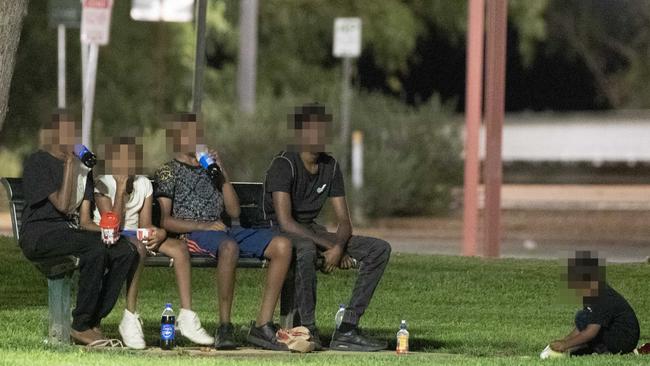
The longstanding problems resulting from high-risk drinking by a significant minority of First Nations Australians is now not only extremely important but very urgent. But, as debates about the current acute alcohol problems in crime-ridden Alice Springs and elsewhere in the Northern Territory make clear, it’s also very complex.
People often use mood-altering drugs, including alcohol, to dull the terrible pain of childhood memories or current awful circumstances, or both.
In my case if I hadn’t started drinking alcohol at 14, I probably would have suicided at 17. This is because for various reasons I felt like a garbage tip as a child.
But if I hadn’t stopped drinking alcohol and using other drugs at the age of 25, I wouldn’t have made 26.
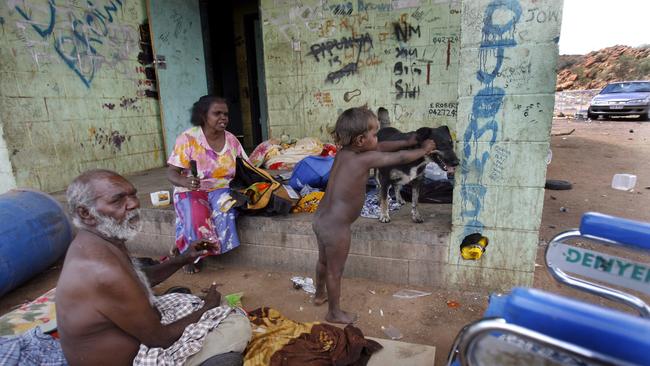
Many First Nations people suffer from the awful effects of childhood trauma, including sexual and other abuse and having been removed from their families. In addition, many are trying to cope with terrible living conditions, including poor housing, health, education and community services.
What to do about the current huge problem of severe alcohol addiction and misuse among Aboriginal peoples in the Northern Territory and elsewhere in Australia?
There are three options for dealing with alcohol.
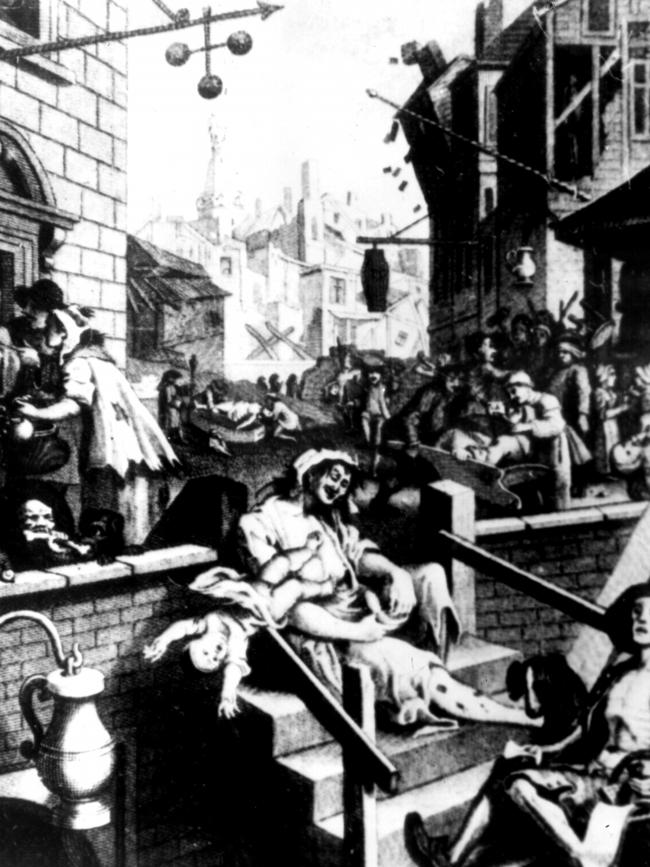
The first is an utterly laissez-faire approach, which in the past has resulted in alcohol epidemics throughout the West.
A prime example in England was the alcohol epidemic as depicted by Hogarth’s powerful engravings of the infamous Gin Lane. While alcohol was ridiculously cheap and readily available, problems due to alcohol were extremely common.
When the government increased the price of alcohol and made it less available, drinking problems became less severe.
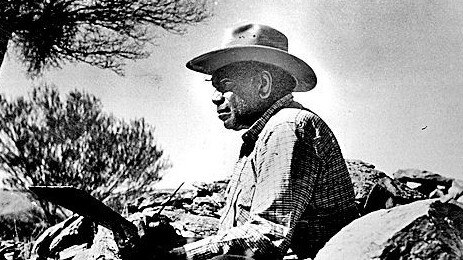
The second is a highly restrictive approach, which has also proved to be ineffective.
This has been tried many times, including the prohibition of alcohol in the US from 1920–33.
Also, some Weekend Australian readers may not know that First Nations Australians were prohibited from drinking alcohol for over a century. Albert Namatjira, the great Aboriginal artist, was given special permission to drink alcohol. But he was then caught between his customary law of sharing with his kith and kin and the white man’s law which didn’t allow him to share his alcohol. This case, and others like it, hastened the end of alcohol prohibition for Aboriginals.
The fact is that complete prohibition of alcohol has never worked. During a brief, but long overdue trip to Alice Springs, last week the Prime Minister announced limits on the sale of alcohol there. Before he and his entourage flew out, Anthony Albanese left open the option of reintroducing the prohibition of alcohol in remote areas. He also raised the possibility of a total ban on the sale of alcohol in Alice Springs. If implemented, this would be a major mistake, which would result in negative unintended consequences, including a likely increase in crime in the deeply troubled town, not a decrease.
The third, and most sensible, option is the legal regulation of alcohol use, which strikes a middle ground between prohibition and utterly unrestricted access.
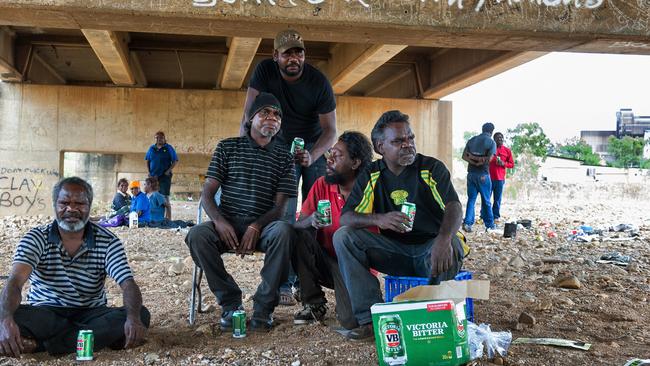
In order to find the sweet spot that is most helpful to First Nations peoples, governments need to carefully regulate the price, alcohol content and availability of booze.
But we also urgently need to provide effective options for helping Indigenous and other people struggling with problems with alcohol, and with other drugs, to cut down their consumption or quit. People with alcohol problems respond to different methods. Some people stop drinking and using after their first medical treatment or their first attendance at Alcoholics Anonymous or Narcotics Anonymous.
But in many cases, remission followed by relapse and then another remission is common.
Harm reduction also has a lot to offer. Before we had random breath testing, the introduction of car seat belts significantly reduced road crash deaths and injuries.
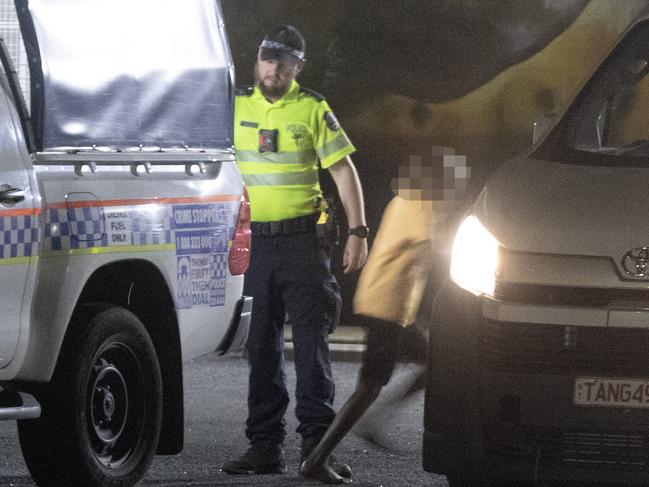
Ensuring non-alcoholic beverages and affordable quality food are always available in pubs and clubs slows the rise in blood alcohol and decreases the risk of problematic behaviour. Another useful approach in drinking venues is bolting heavy furniture to the floor and banning the use of glass drinking vessels as these can be broken into dangerous shards, causing serious injury or death.
Importantly, all Australian governments, federal, state and local, need to try much harder to speed up the improvement in the terrible social and economic conditions which often drive or exacerbate the current epidemic of drinking problems, especially of Aboriginal and other Indigenous people throughout Australia.
Policing certainly has a critical role. But alcohol addiction is primarily a health and social problem. We can’t merely arrest our way out of a community’s severe problems with the booze.
Ross Fitzgerald is Emeritus Professor of History & Politics at Griffith University. He has recently published a memoir, Fifty Years Sober: An Alcoholic’s Journey; a political satire co-authored with Ian McFadyen The Lowest Depths, set in President Putrid’s Russia; and My Last Drink: 32 Stories of recovering alcoholics, co-edited with Neal Price and published by Connor Court in Brisbane.
If you or anyone you know needs help, call Lifeline 13 11 14

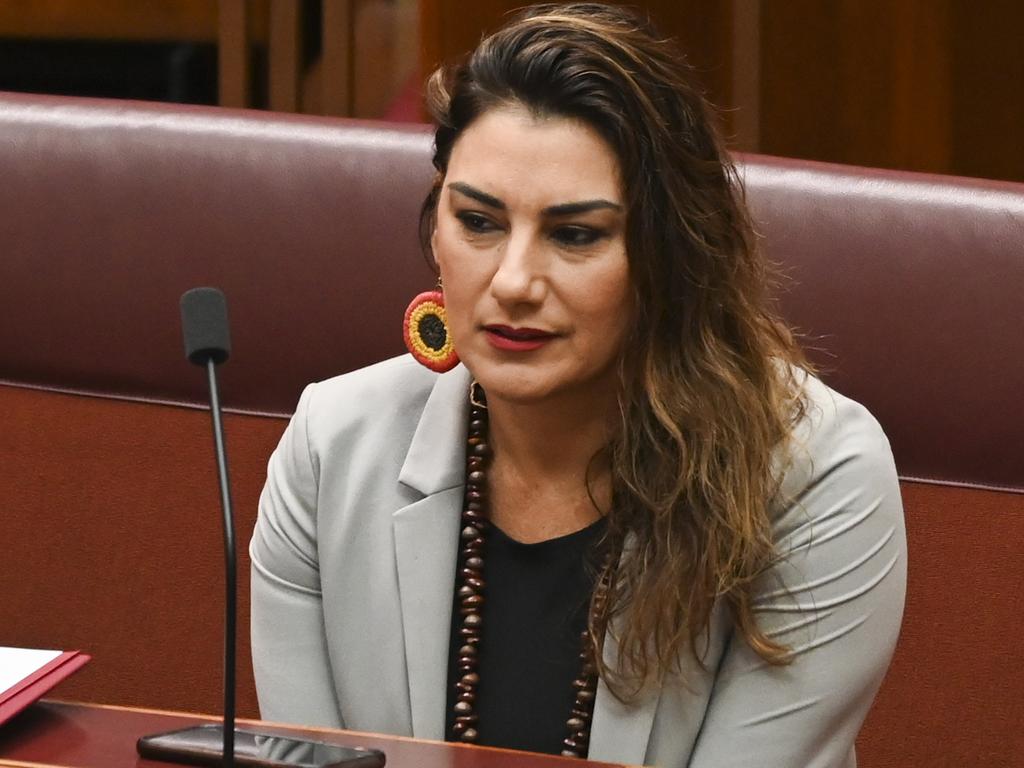
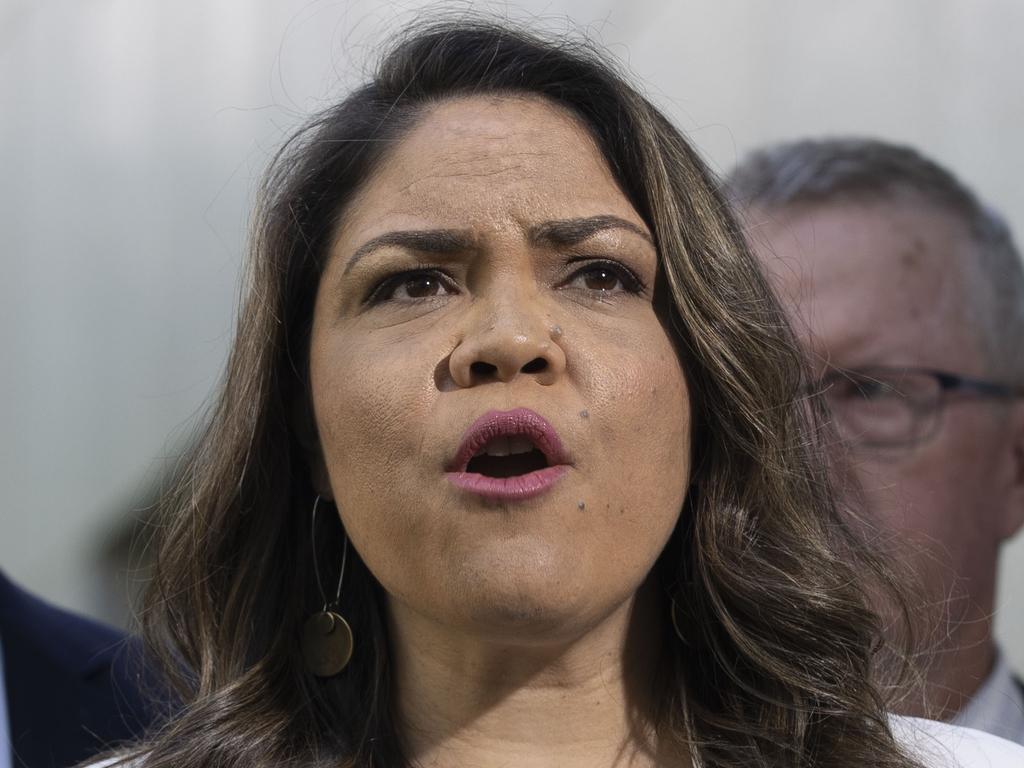
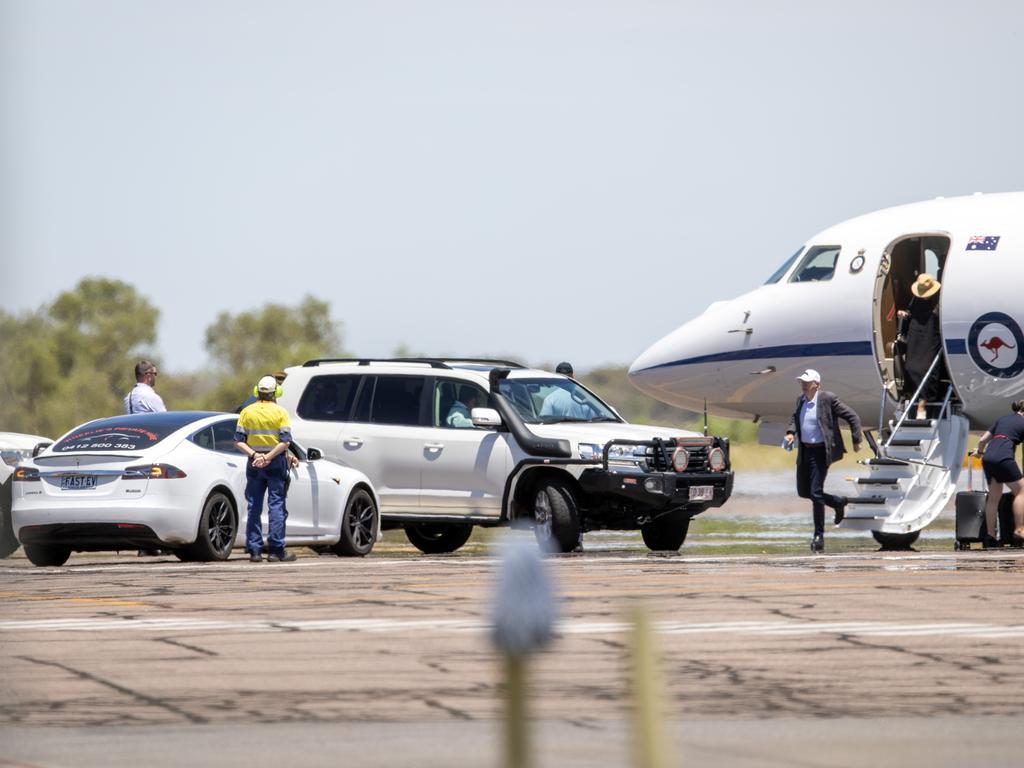
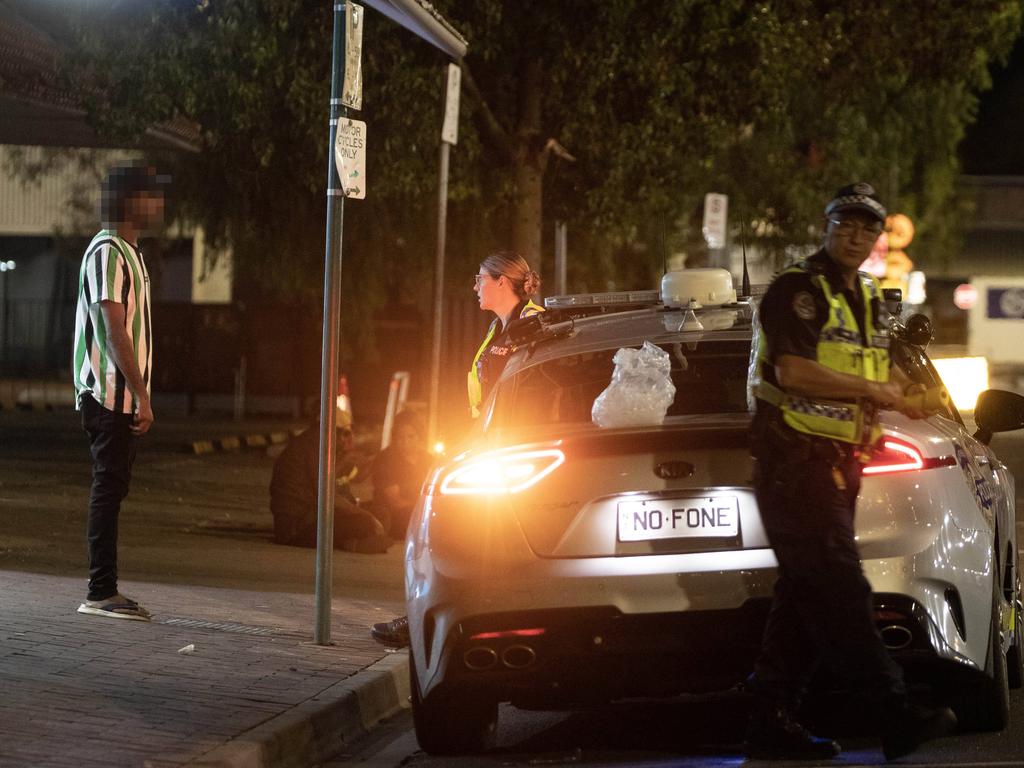


To join the conversation, please log in. Don't have an account? Register
Join the conversation, you are commenting as Logout